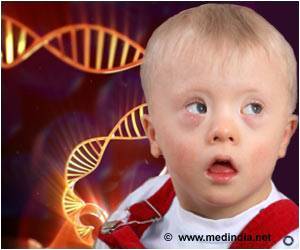A gene that is responsible for the development of harmful adipose tissue in humans, thereby raising the risk of insulin resistance and type 2 diabetes, has been identified.

The investigators compared adipose tissue from subjects with small or large fat cells and found that EBF1 was closely linked to hypertrophy. Individuals with large fat cells had markedly lower EBF1 expression in their adipose tissue, displayed altered lipid mobilisation and were insulin resistant. Insulin resistance – a condition characterised by reduced cellular response to the hormone insulin that is released when the blood glucose levels rise after a meal – is an important causal factor underlying the increased risk of diabetes in individuals with hypertrophic adipose tissue. Insulin resistance leads to increased circulating levels of glucose and lipids in the blood.
Source-Eurekalert
 MEDINDIA
MEDINDIA



 Email
Email







